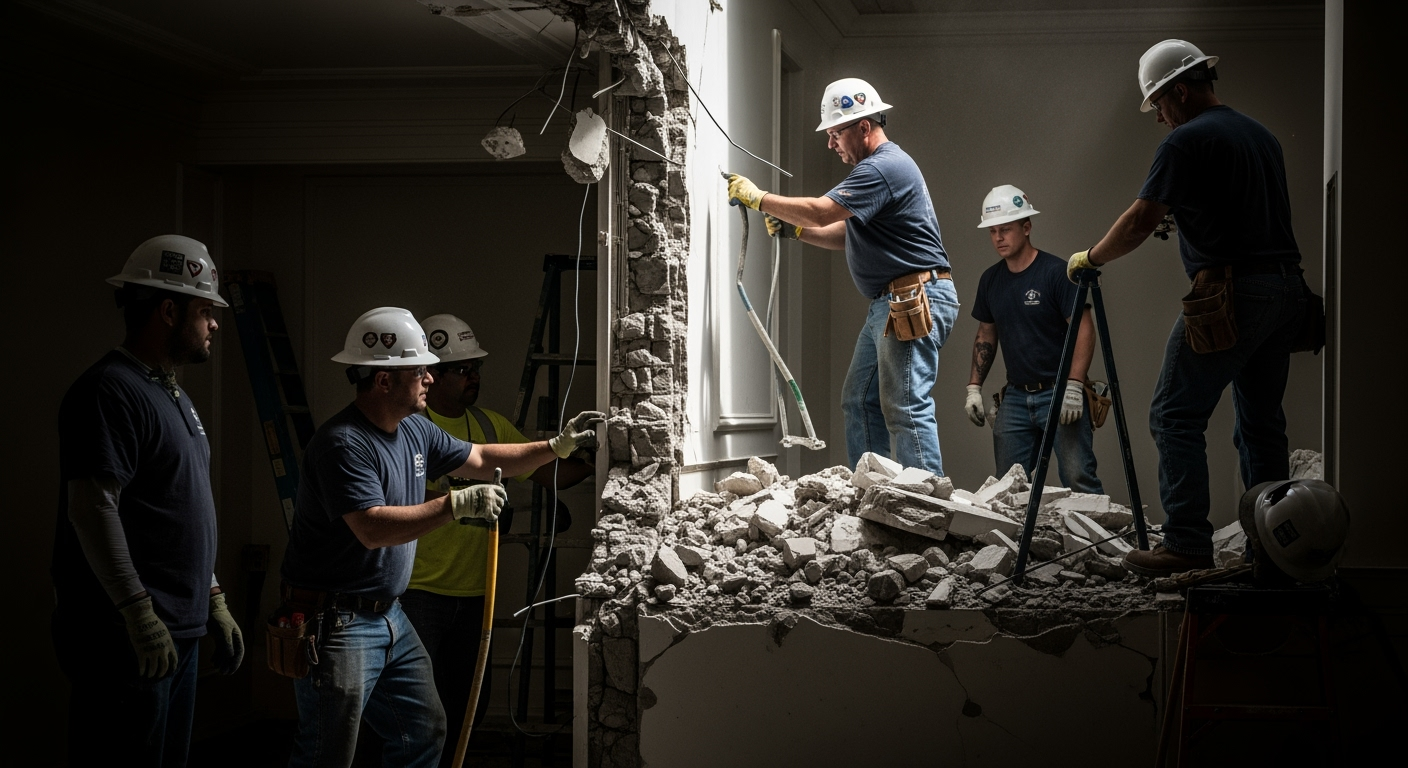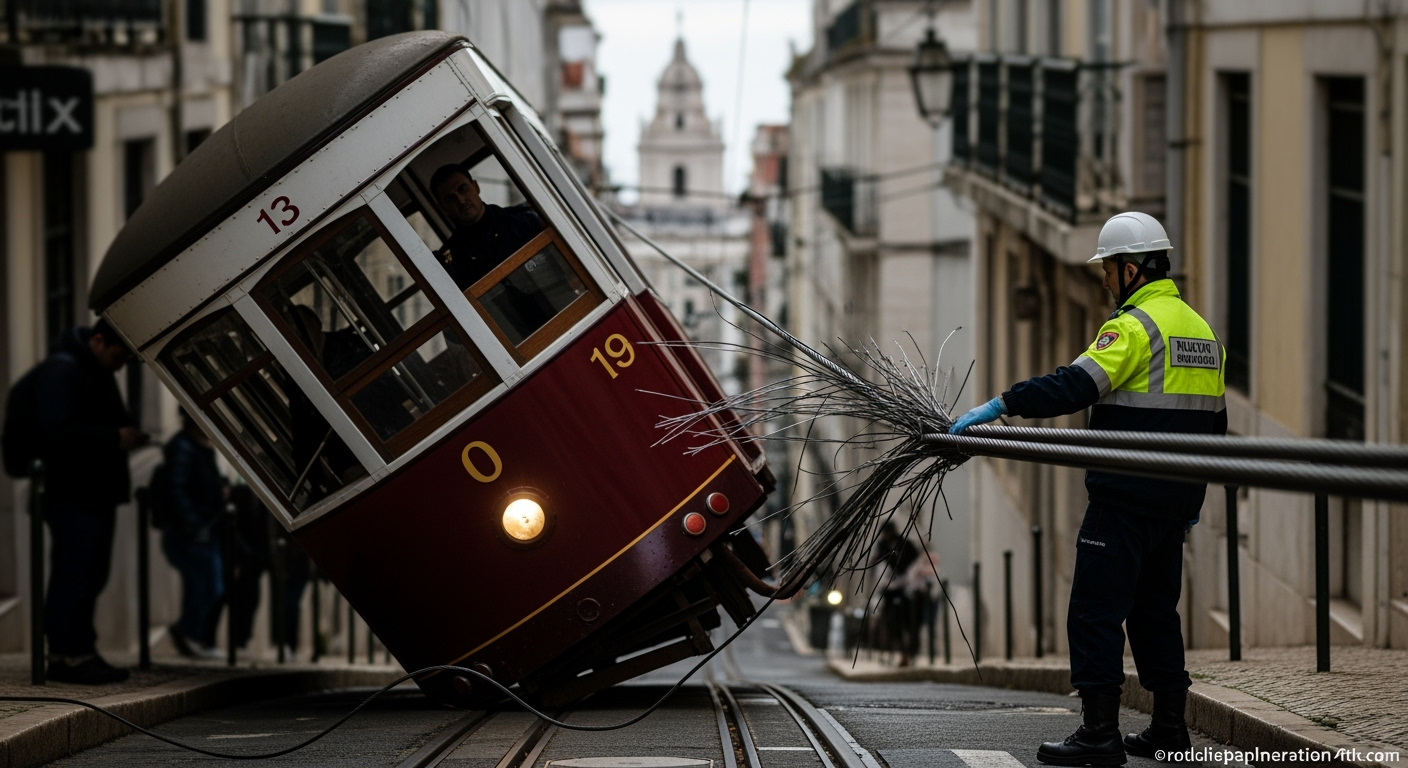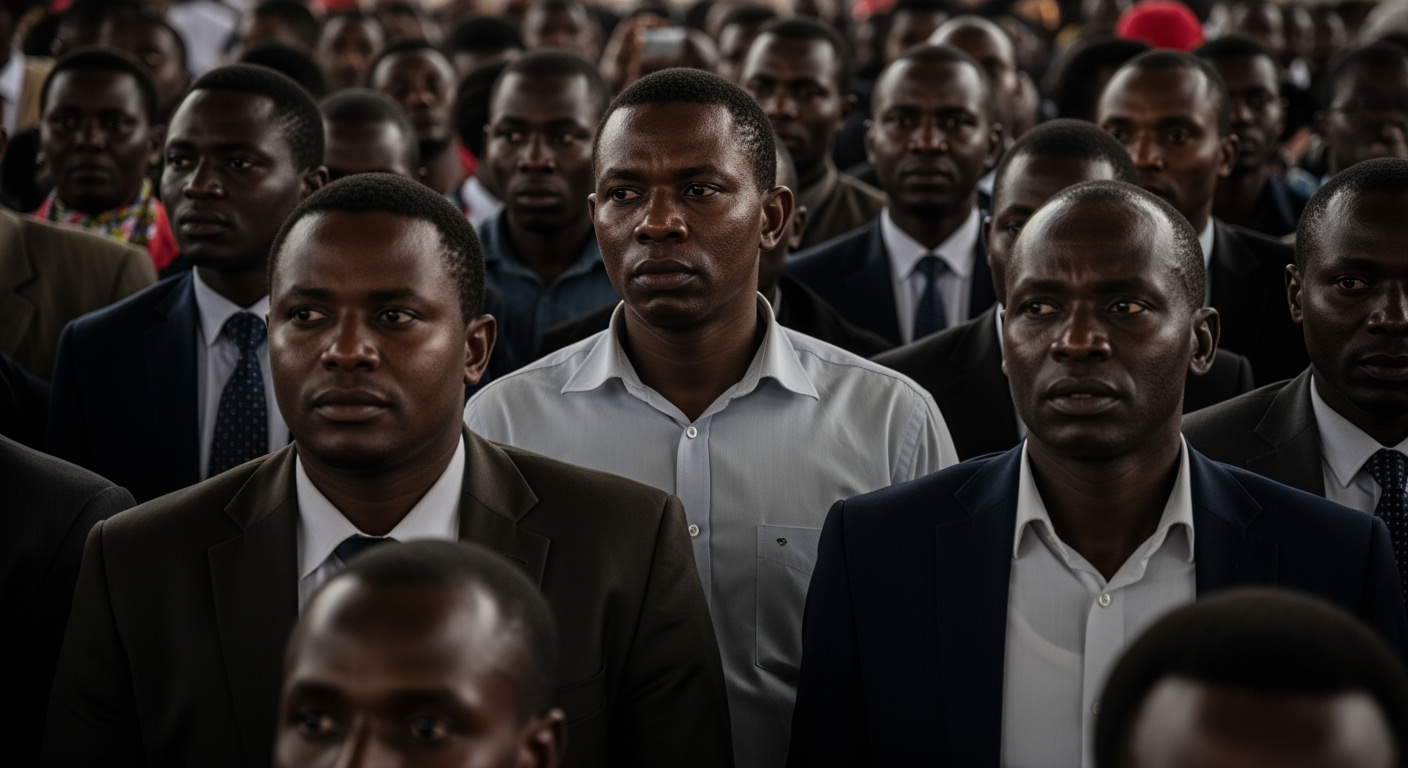Related Articles

Brazil Greenlights Offshore Oil Drilling Near Amazon Mouth Amid Environmental Outcry

Historic White House East Wing Demolition Underway for New Ballroom





KISUMU, Kenya – The nation of Kenya has been gripped by a profound outpouring of grief following the death of its revered former Prime Minister, Raila Amolo Odinga, with memorial events drawing hundreds of thousands of mourners across the country. However, the emotional farewells have been marred by tragedy, as a series of crowd control incidents and stampedes have resulted in multiple fatalities and hundreds of injuries over several days, culminating in dozens injured during the final public viewing in Kisumu on Saturday. The chaotic scenes underscore both the immense popularity of Odinga and the inherent challenges of managing large, emotionally charged public gatherings in a politically passionate nation.
The statesman, often referred to affectionately as "Baba" (father) by his legions of supporters, passed away at the age of 80 on Wednesday, October 15, 2025, in India, where he had been receiving medical treatment. His death plunged Kenya into a period of national mourning, with President William Ruto declaring seven days of mourning and hailing Odinga as "the father of our democracy."
The first signs of unrest emerged on Thursday, October 16, during an initial public viewing of Odinga's body at the Moi International Sports Centre, Kasarani, in Nairobi. Thousands of mourners, eager to pay their last respects, overwhelmed security forces, leading to deadly clashes. Police responded with gunshots and tear gas to disperse surging crowds that had breached stadium gates, resulting in at least three fatalities, and some reports indicating four, along with numerous injuries. Witnesses described scenes of panic as officers continued to fire tear gas into the stands, exacerbating the chaos and causing many to flee in confusion.
The following day, Friday, October 17, saw a state funeral service held at Nyayo National Stadium in Nairobi, attended by thousands and featuring heavy security. Despite increased precautions, tragedy struck again. A stampede occurred as the public attempted to view Odinga's body after the service, claiming the lives of two people and leaving more than 100, possibly up to 160, injured. Doctors Without Borders (MSF) confirmed that 163 patients were treated at the scene, with 34 referred to hospitals. The Kenyan Red Cross described the incident as leaving "many in need of urgent care."
By Saturday, October 18, Odinga's body was flown to Kisumu, his political heartland in western Kenya, for a final public viewing at Jomo Kenyatta Stadium. This event, too, descended into disorder. Dozens of mourners were injured as massive crowds surged forward, desperate to catch a glimpse of the coffin. The Kenyan Red Cross reported that some critically injured individuals were transported to nearby hospitals. Capital FM later confirmed 46 injuries at the Mamboleo viewing, with four victims suffering stab wounds and one sustaining a blunt injury related to the stabbings. Many attendees also succumbed to exhaustion and dehydration due to the heat and dense crowds, requiring medical attention, including intravenous fluids and oxygen. Emergency teams on the ground in Kisumu had anticipated such issues and came prepared with supplies, managing to evacuate numerous mourners from the stadium as scuffles broke out among those pushing to see the coffin.
Raila Amolo Odinga's political journey spanned over four decades, marking him as one of Kenya's most influential and enduring figures. Born on January 7, 1945, the son of Kenya's first Vice President, Jaramogi Oginga Odinga, he was immersed in the nation's political landscape from an early age. Odinga earned a Master's degree in Mechanical Engineering in 1970 before becoming politically active in the late 1970s, advocating for government reforms and opposing authoritarian rule. His early activism led to several detentions without trial, including a six-year imprisonment following accusations related to the failed 1982 coup attempt, though the charges were later dropped. These experiences solidified his image as a symbol of resistance and a champion for multi-party democracy in Kenya.
He served as a Member of Parliament for Langata Constituency from 1992 to 2013 and was appointed Prime Minister in a power-sharing government from 2008 to 2013, a deal brokered after the violent fallout of the disputed 2007 presidential election. This period saw him play a crucial role in shaping the progressive 2010 Constitution, which introduced significant reforms including devolution. Despite running for the presidency five times (1997, 2007, 2013, 2017, and 2022), he never achieved the top office, often alleging electoral fraud. His career was characterized by a unique blend of activism, political maneuvering, and a deep connection with the Kenyan populace, particularly in his Luo ethnic stronghold in western Kenya.
More recently, Odinga had signalled a shift towards continental politics, announcing his candidacy for the African Union Commission Chairperson earlier in 2024. He stated his intention to take a backseat in national politics to focus on this bid, though he was unsuccessful in securing the position in February 2025. Despite this, his influence remained significant, highlighted by his role in striking a political deal with President William Ruto earlier this year, an agreement that sought to stabilize the nation after months of anti-government protests.
The tragic incidents during Odinga's farewell ceremonies raise critical questions about public safety and crowd management during events of such high national emotion. While the sheer scale of public grief and admiration for Odinga is undeniable, the repeated occurrence of injuries and deaths points to systemic challenges in handling massive gatherings. Security personnel faced immense pressure, struggling to contain tens of thousands of mourners who were desperate to honor a man they viewed as a democratic icon. The use of live bullets and tear gas by police in Nairobi sparked particular controversy, with calls for restraint echoing from various quarters.
The human interest aspect of these events is profound. Families are left to mourn not only a national leader but also their loved ones who perished or were injured during the farewell. The images of people fainting from heat and dehydration, or being treated for stab wounds amidst the chaos, paint a grim picture of the sacrifices made by ordinary Kenyans to partake in this historic moment. The "final farewell" had been planned meticulously, with Odinga's family stating his wish to be laid to rest quickly, ideally within 72 hours of his passing. However, the overwhelming public response extended the mourning period and complicated logistical efforts. The cancellation of a planned road procession from Kisumu to his homestead in Bondo, in favor of flying the body directly, was a direct consequence of the crowd control difficulties.
As Kenya navigates this period of mourning, the focus will inevitably shift towards understanding how such tragic events can be prevented in the future, especially during moments of intense public emotion. The legacy of Raila Odinga, a man who profoundly shaped Kenya's democratic journey, will forever be intertwined with the poignant and, at times, sorrowful scenes witnessed during his final public tributes. His passing marks the end of an era, but the challenges exposed by his farewell will likely prompt a national conversation about public assembly, security protocols, and the management of collective grief in a vibrant democracy.